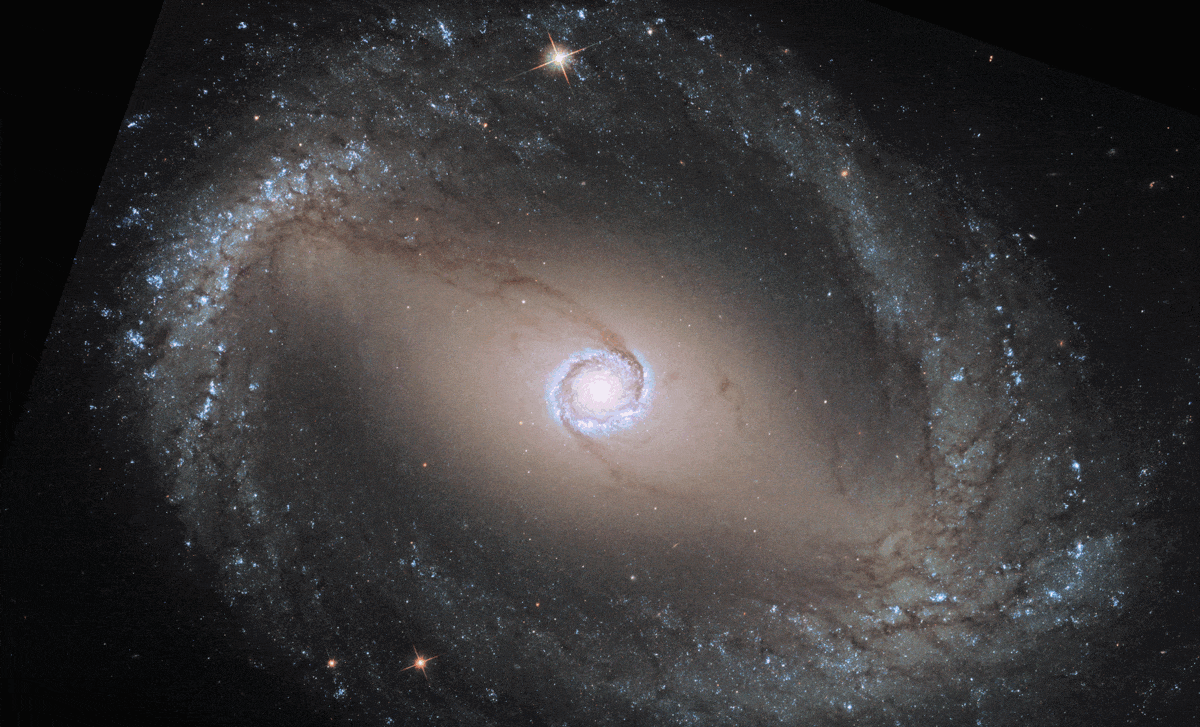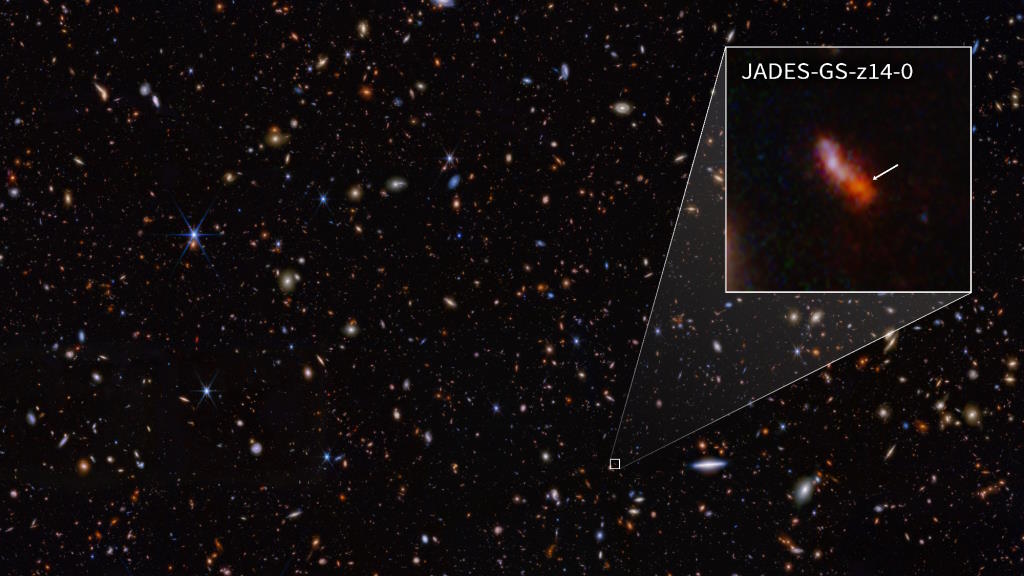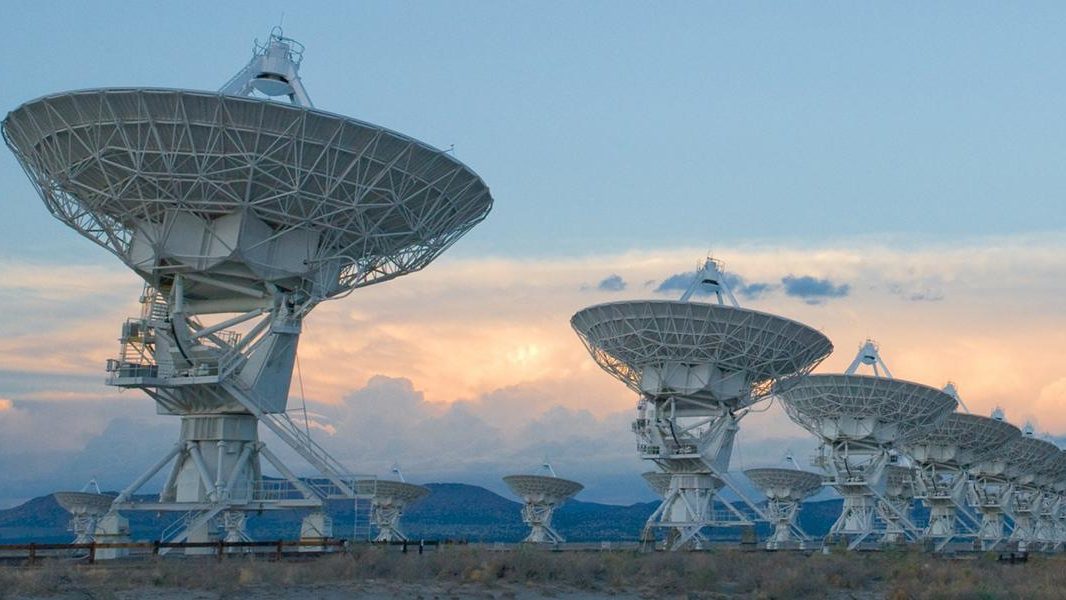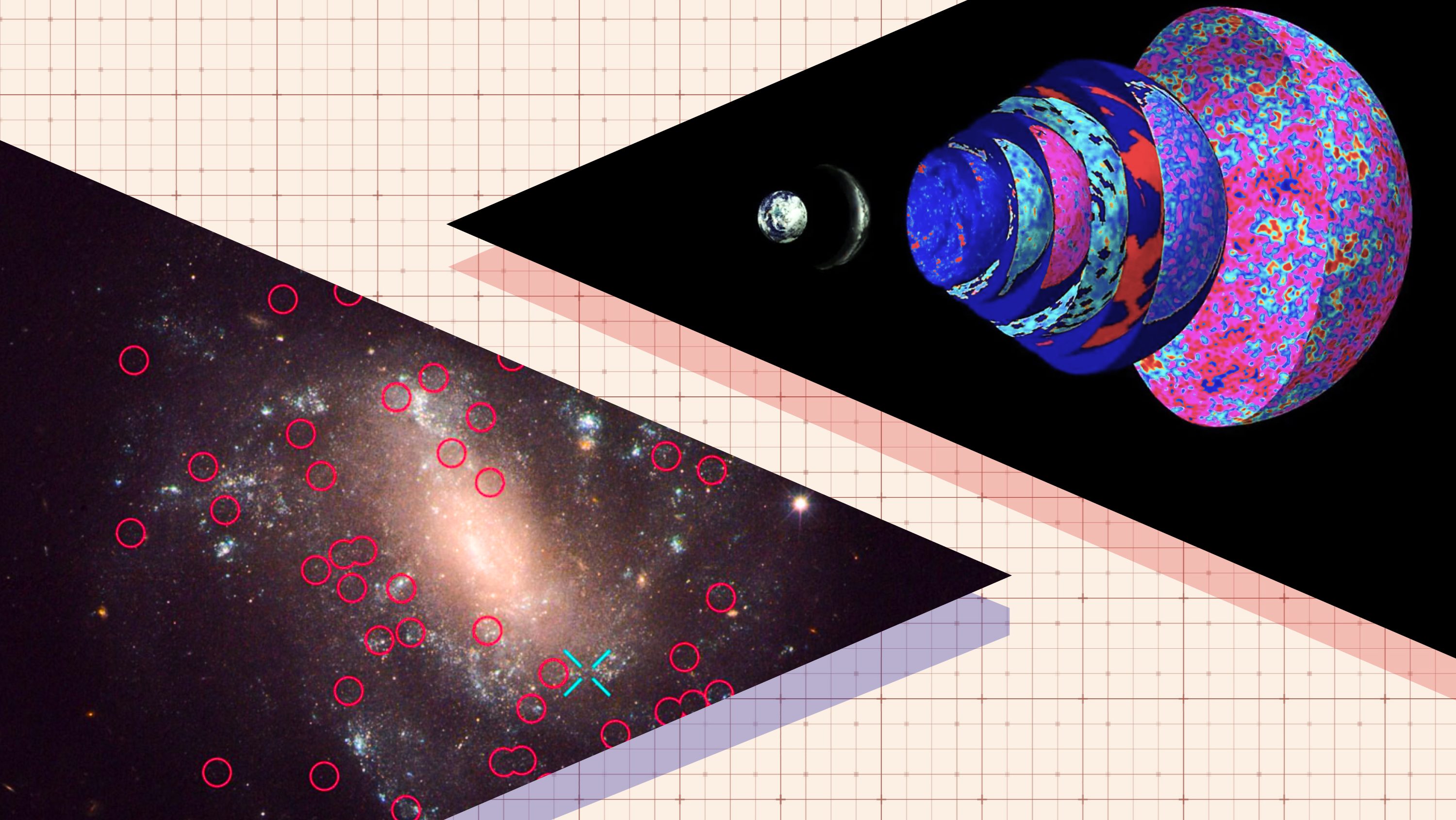100 years after the “Great Debate”: How Edwin Hubble expanded the cosmos
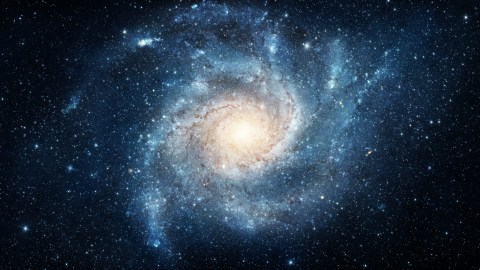
- In the early 20th century, most astronomers believed that the Milky Way was the only galaxy in the Universe; they thought the nebulae they observed were just part of it. But some thought differently, claiming these nebulae were separate “island universes.”
- In 1920, the “Great Debate” aimed to settle the issue. It ended inconclusively.
- A century ago, in 1924, Edwin Hubble settled the debate. The Universe grew, as did our cosmic insignificance: creatures on a small world in a galaxy among billions. But that’s only the astronomical story.
When Copernicus published his book in 1543, declaring that the Earth was not the center of the cosmos but a planet revolving around the Sun like Mars and Jupiter, he couldn’t have predicted what he had unleashed. What followed was nothing less than a profound shakeup of our understanding of the Universe and our place in it.
But it was not, as many people think, an immediate revolution. It was more like a slow-burning fire that exploded almost a century later, with the spectacular help of Galileo, Kepler, and Newton. The Copernican revolution gave rise to “Copernicanism,” the notion that the more we learn about the Universe, the less central or relevant Earth and ourselves become. And although I’ve written a whole book arguing against this interpretation of Copernicanism (based on more recent science and a different interpretation of our world as compared to others out there), this year we do celebrate a huge step in this direction, the centenary of the amazing discovery that the Milky Way is but one galaxy among billions of others. And now we know that even our galaxy is not so special after all.
Remarkably, it’s only been 100 years since we figured this out. Before 1924, most astronomers believed that there was only one galaxy in the Universe: the Milky Way. Other nebulae that had been observed were thought to be gas clouds within the confines of our uber galaxy. This discovery was to change once more our conception of the cosmos and our place in it, helping to launch the great age of modern cosmology, including the Big Bang and the cosmic expansion we now embrace.
By 1920, the debate about the nature of the nebulae had reached a climax. There were two competing views. One held that the nebulae, or “island universes” as they were called then, were part of the Milky Way. The other proposed they resided outside our galaxy. From the observations at the time, both views seemed to have equally convincing support. On April 26, 1920, Harlow Shapley, from Mount Wilson Observatory, and Heber Curtis, from Allegheny Observatory in Pittsburgh, met before the National Academy of Sciences to discuss the evidence for and against island universes.
The Great Debate
This historic meeting became known as “the Great Debate.” Shapley was convinced that the Milky Way was much larger than believed at the time and that it encompassed other nebulae. Curtis held the opposing view — that island universes were galaxies like the Milky Way but far away from it. The two astronomers discussed the evidence, trying to aim it toward their own personal views. But the Great Debate ended inconclusively. To settle the issue, distances to many spiral nebulae had to be measured with better precision. This is where Edwin Hubble, perhaps the greatest of American astronomers, comes in.
Measuring distances in astronomy is extremely hard. Just think how hard it is to estimate the distance from someone holding a flashlight away from you on a dark night. The standard procedure is to measure the brightness of the light at a fixed distance (called its intrinsic luminosity), and then use the fact that the brightness of the light drops with the square of the distance. This would be hard to do on an open field, spacing the light sources by, say, 10 meters apart. (So, every 10 meters the luminosity drops by a factor of 100, which is 102.)
Now try doing this for stars — or, even more challenging, for faint far-away nebulae. Astronomers must proceed in incremental steps, starting with the radius of the Earth, the Earth-Moon distance, the Earth-Sun distance, the distance to the nearest stars using stellar parallax, and so on. The hope is that we find what is called a “standard candle” along the way — that is, an object that has similar brightness everywhere and always, like your flashlight with good batteries. At the time, the problem with measuring distances to spiral nebulae was that no standard candles were known. It’s hard to see flashlights from a large distance. Unless, of course, you have a giant telescope at your disposal. Which was what Hubble had.
Expanding the cosmos
Late in 1923, Hubble pointed the hundred-inch telescope at the Mount Wilson Observatory to the Andromeda nebula, in search of potential standard candles. After exposing a photographic plate for about a half-hour, Hubble identified the point-like glare of a bright star. That was a good start. Hubble kept taking pictures of Andromeda, always searching for tell-tale clues that would help him determine its distance to the Sun. To his surprise, he noticed that the bright star he had spotted in his first picture was no ordinary star. Its luminosity changed periodically in time, in an ordered and predictable fashion. This was the typical signature of a kind of star called “Cepheid variable,” which had been extensively studied by Henrietta Leavitt from Harvard Observatory about 10 years earlier. These were stars with a luminosity that pulsed like a beating heart.
Leavitt performed a detailed study of Cepheid variables in the Milky Way and in the Magellanic Clouds, our small satellite galaxies. After investigating thousands of stars, she found a relationship between the time it took for Cepheids to go from bright to dim and their intrinsic luminosity; although the periods varied from a couple of days to a couple of months, the brighter stars had consistently longer periods. As Shapley had shown in 1918, once the brightness of each Cepheid variable was corrected for the distance by the inverse-square law, they all fell approximately on the same curve. Cepheids could thus be used as standard candles for distance measurements. Once you spotted a Cepheid, “all” you had to do was to measure its brightness variation period (or its “pulse”) and, from Shapley’s curve, extract its intrinsic luminosity. Knowing the star’s luminosity, you could tell its distance by the inverse-square law.
With tremendous intensity, Hubble hunted for Cepheids in Andromeda and other spiral nebulae. In early 1924, he wrote to Shapley:
“You will be interested to hear that I have found a Cepheid variable in the Andromeda Nebula…I have a feeling that more variables will be found by careful examination of long exposures. Altogether the next season should be a merry one and will be met with due form and ceremony.”
After reading the letter Shapley remarked, “Here is the letter that destroyed my Universe.” Ironically, the ardent defender of the “Milky Way Universe” was the one to provide the tool that destroyed his own views. By the end of 1924, Hubble had found 12 Cepheid variables in Andromeda and 22 in another spiral nebula. The Great Debate was finally over, after centuries of speculation. The conclusion was as amazing as it was revolutionary: We live in a huge Universe, our Milky Way being one among billions of other galaxies spread across the empty vastness of space. Our place in the Universe suddenly became very mundane indeed. Our planet is not in a special place in the Solar System, our Sun is not in a special place in our galaxy, and our galaxy is not in a special place in the Universe.
This is what Copernicanism means to most: our cosmic smallness or insignificance. But that’s only the astronomical story. What we do have that is special is the ability to wonder about ourselves and the world around us, and to tell stories about it. That so small a species in so small a world can tell the story of the whole Universe makes all the difference. And we should celebrate this every day.
